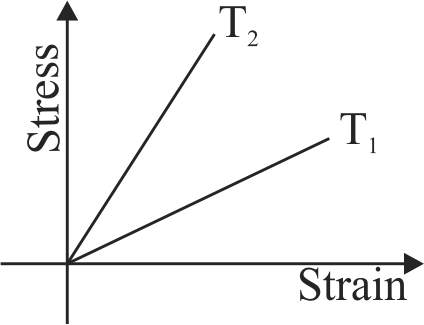369965
Assertion :
While using a material, the working stress is always kept much lower than that of breaking stress so that factor of safety (FOS) may have a large value.
Reason :
Breaking stress is fixed for a material, but breaking force will vary, depending on area of cross section of the wire.
369965
Assertion :
While using a material, the working stress is always kept much lower than that of breaking stress so that factor of safety (FOS) may have a large value.
Reason :
Breaking stress is fixed for a material, but breaking force will vary, depending on area of cross section of the wire.
369965
Assertion :
While using a material, the working stress is always kept much lower than that of breaking stress so that factor of safety (FOS) may have a large value.
Reason :
Breaking stress is fixed for a material, but breaking force will vary, depending on area of cross section of the wire.
369965
Assertion :
While using a material, the working stress is always kept much lower than that of breaking stress so that factor of safety (FOS) may have a large value.
Reason :
Breaking stress is fixed for a material, but breaking force will vary, depending on area of cross section of the wire.


